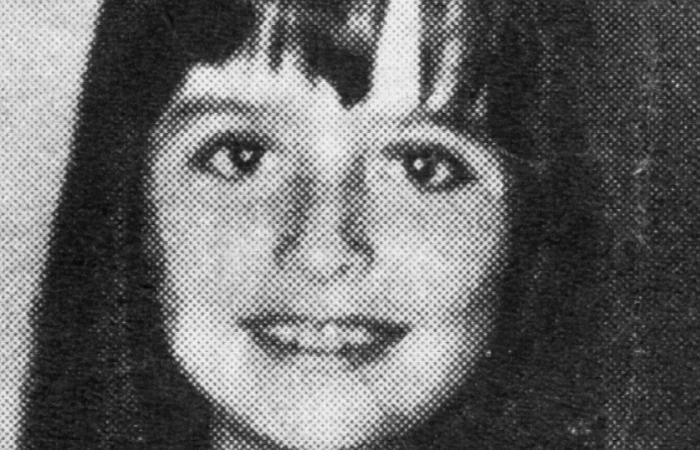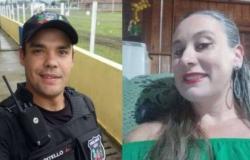Milestone in the fight against abuse and sexual exploitation of children and adolescentsthe murder of girl Araceli Cabrera Crespoonly 8 years old, has just completed 50 years without any conclusion and opens space for reflections on Justice and impunity involving those who commit crimes in Brazil.
On May 18, 1973, Araceli was last seen alive, on her way home from school in Vitória, in the Holy Spirit. The girl, who had left class early, with her parents’ permission, should have gotten on a bus that would take her from one side of the city to the other, but that never happened. Six days later, on May 24 of that year, Araceli’s body was found in an advanced state of decomposition, in a forest at the back of a hospital.
About a year after Araceli’s death, the investigations, which had already taken different paths, reached the point we know today, where two young people from traditional families in the city would have kidnapped, drugged, raped, strangled and, after her death, charred the body of Araceli Cabrera Crespo.
In the indictment, written at the time by prosecutor Wolmar Bermudes, the father of one of the youths, Dante de Brito Michelini, appears as an accomplice in the whole story, as he would have covered up the crime of his son Dante de Barros Michelini, “Dantinho”, and kept the girl in jail inside his bar.
The other accused, Paulo Helal, son of an important family of Syrian origin, who made wealth from trade in Espírito Santo, would have been responsible for kidnapping the girl. At the time, the prosecution said that Paulo would have taken the girl, from a bar on Avenida César Hilal, close to the school where she studied, to the place where the crimes would have been committed.
The prosecution presented, in its version at the time, a succession of facts involving excess drugs and violence, which would have culminated in a coma presented by Araceli. Taken to Children’s Hospital, the child would have already arrived dead at the scene and was then abandoned in the woods at the back of the building.
Given the situation, according to the prosecutor’s version, the accused would have used their influence to hinder the investigative work carried out by the police at the time. It was only after the president of the investigation had changed, a year after the crime had occurred, that the investigations reached the three involved.
Despite the accusation against Dantes Michelini and Paulo Helal being, even today, the most propagated version of the case, the accused ended up acquitted by judge Paulo Copolilo, in 1994, one year after the statute of limitations. In the sentence, the judge acquits the three men for “lack of evidence”.
Sought after by the reports of the time and current, the accused did not pronounce. Araceli’s family lives in seclusion and, recently, her brother who lives in Canada gave interviews in which he spoke of the longing he feels for his sister.
Book addresses history: ‘It’s one of those cases where we don’t learn from our history’
Fifty years after Araceli’s disappearance and death, access to the case file was given for the first time to serve as a basis for the construction of a book about the case. It was up to journalists Felipe Quintino and Katilaine Chagas to read, study and portray the case through the publication that received the name The Araceli Case – Mysteries, Abuses and Impunity by Alameda publishing house.
“The proposal, in fact, was not to be a book simply the case by case, but a more critical and current look. Well, it’s an old case, but despite being old, it didn’t stay behind. It’s one of those cases where we don’t learn from our history. It went unpunished and there are still no people convicted of the crime,” says the co-author.
Well, it’s an old case, but despite being old, it didn’t stay behind. It’s one of those cases where we don’t learn from our history. It went unpunished and there are still no people convicted of the crime to this day.
Katilaine Chagas, co-author of the book
During the process of reconstructing the memories of the case, the authors came across situations that were hitherto unknown, or little explored by the news at the time. This is the case of the reports of police dissatisfied with the investigative work, and also the presence of another name, which appears as a central suspect before the investigation reaches the three accused.
“It is the first time that someone has access to the entire process, from the inside. Access to all cataloged testimonials. Statements from police officers with complaints about how the investigation was being conducted. It is not very clear how the investigations were going. To give you an idea, there were four presidents of the inquiry until it was concluded”, he comments.
The accused even received conviction, still in the 1980s, for the crimes described. Despite this, none of them served a single day of sentence due to loopholes provided by the legislation at the time.
President and researcher at the Child and Adolescent Study Nucleus (NECA), at the Federal University of Espírito Santo, professor of the Social Assistance course Maria Emilia Passamani, describes the book as “frightening”, mainly because it is such a current case and still no ending.
“About the case, I read the book and found it scary. We have a lot of conversation going on about the case, and that starts to be clarified there. There was a fear that surrounded society at that time, due to the military period. There were very few technical conditions to resolve the case, apart from interference. It was brutal violence, but unfortunately, it happens every day in our country and the criminals were not punished.”
According to Emilia, studies today show that most sexual crimes involving children in Brazil are aimed at girls up to 13 years old. Abusers, for the most part, are men inserted in the victim’s social cycle.
In honor of Araceli Crespo, the National Congress instituted, through Law 9.970, of 2000, May 18 as National Day to Combat Abuse and Sexual Exploitation of Children and Adolescents. The date is remembered today throughout the country, and gave rise, in 2022, to the celebration of the may orangean entire month devoted to combating and raising awareness about crimes of violence against minors.
Tags: Murder girl Araceli Crespo crime completes years punished remember
--





